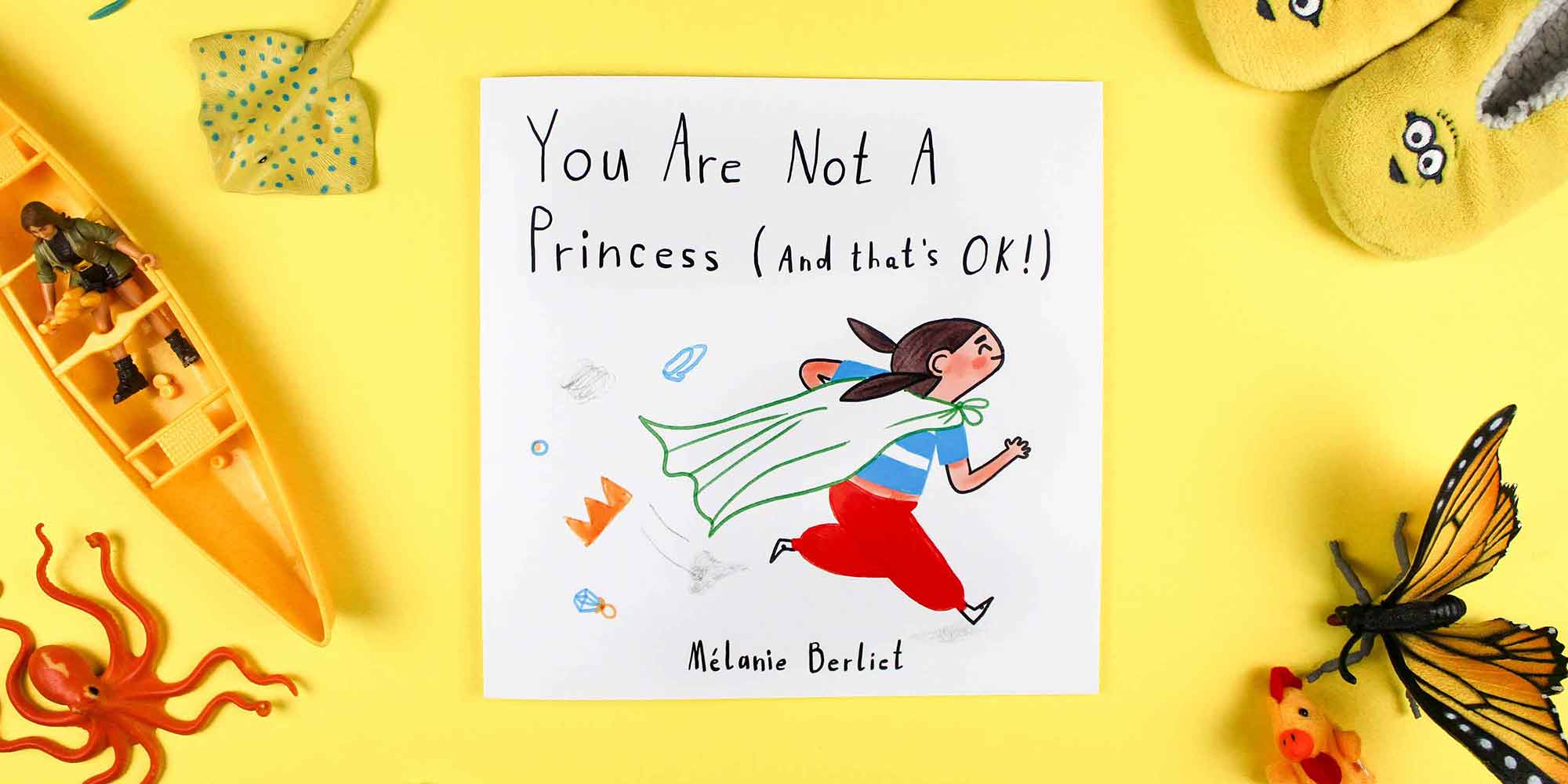
Ever since I have immersed myself in the colorful world of embroidery, I’ve come across many historical facts that make experience of looking for embroidery designs and patterns all the interesting. The history of embroidery goes worldwide, the one I’m going to talk about today is related Pakistan’s embroidery.
Embroidery has long been an integral part of Pakistani culture, showcasing the country’s rich heritage and artistic side of traditions. The rich history of Pakistani embroidery stretches back over 5,000 years, to the time of the Indus Valley Civilization. People have expressed feelings and aesthetic tastes through art of embroidery for decades. Embroidery or any kind of art like stitching or knitting, always serves more than just decorative purposes. It also has symbolic importance which showcase customs and values. It also functions as a nonverbal means of communication that can reveal one’s identity.
Introduction:
Pakistan is known for having one of the best traditional cultures in the world. Pakistani embroidery has solidified its position in the hearts of those who value and cherish art and traditions, even in this fast-paced time.
In this article, I will give you a closer look at some of the most captivating embroidery techniques passed down through generations. From the vibrant Sindhi and Balochi embroidery to the delicate Phulkari and Chikankari, each technique tells a story and adds a touch of class and elegance to any fabric. I’ll also include some insights on Kashmiri embroidery.
Sindhi Embroidery:
Sindhi embroidery is a famous embroidery style in Pakistan. Originating from the Sindh province, it is famous for its extremely vibrant threadwork and mirror designs. This technique often combines two works and features geometric patterns and floral designs. Bright color threads reflect the vivid culture of the region. It also comes with beadwork. The designs in Sindhi embroidery include flowers, birds, and animals. The embroiders use a variety of stitches, like chain stitch, satin stitch, and buttonhole stitch, to create Sindhi patterns.
Vibrant primary colors like red, yellow, orange, blue, and green, are preferred. Sindhi embroidery is all about precise needlework and complex stitching methods. To give it a whole all-out look, you are supposed to use mirrors with the addition of beads, ribbons, and even coins. Mirror work is a prominent feature of Sindhi embroidery, a touch of sparkle to the designs. Sindhi embroidery is commonly seen on garments, dresses, shawls, and multiple accessories.
Balochi Embroidery:
Balochi embroidery from Balochistan is bold with its striking designs. This embroidery is known for its statement and bold threadwork, mirror work like Sindhi embroidery, and embellishments. The designs in Balochi embroidery often feature dimensional patterns, inspired by nature, and random detailing from the artist’s imagination. To make this kind of embroidery work, you will have to use a variety of stitches, like satin stitch, herringbone stitch, and running stitch, to create beautiful patterns.
Balochi embroidery is commonly seen on dresses, shawls, bags, and sometimes on home decor items. What makes it so special is that it is embroidered on the front of the neck fabric, covering the chest, sleeves, and a large pocket that extends from the waist to the dress hem. These days embroiderers are adapting to the changes of the current era to draw in more young customers and make it more trendy.
Phulkari Embroidery:
The word Phulkari translates to “flower work.” Phulkari is made in shades of red, pink, green, crimson, yellow, and blue. Particularly found in the form of straightforward linear patterns, flowers, objects, and other natural influences, designs encompass various subjects. To make this type of embroidery, you create a simple running stitch on plain or printed fabric.
It is famous for its vibrant and eye-catching floral patterns. Mostly silk thread is used to make these. The patterns often feature floral motifs, linear geometrical shapes, and sometimes even an animal or bird designs.
Phulkari is known for its dense stitching, which creates a beautiful, blooming texture effect. It is common on garments like shawls and traditional Punjabi suits. We see them on scarves, suits, and home decor items. Phulkari at first was stitched on hand-woven cotton fabric using silk threads. Then, an increase in demand for Phulkari which led to the commercial release of bedsheets, pillowcases, and curtains with Phulkari designs and patterns. Variety of fabrics other than cotton are used nowadays, including chiffon, georgette, silk, and polyester, so you can opt for any of these options without worrying about losing the original style.
Chikankari Embroidery:
Chikankari is a delicate embroidery style that originated in Lucknow, India, but is also popular in Pakistan. It often features floral motifs, intricate stitches, and shadow work, creating a graceful and ethereal look. It involves white thread work on a lightweight fabric like muslin or chiffon, creating beautiful floral and paisley patterns. This embroidery is done using a variety of stitches, Some of them are: the shadow stitch, the stem stitch, and the French knot. Chikankari is mostly used on garments like kurtas, sarees, and dupattas. Timeless appeal make it a well-known type of embroidery.
Kashmiri Embroidery:
This embroidery work from Kashmir, also known as Kashida embroidery, is a distinctive art style that perfectly captures the magnificence of the paradise state. One of the most delicate and lovely types of embroidery is the thread work that uses a single long stitch to create the design. Birds, flowers and blossoms, creepers, chinar leaves, cauliflower, mangoes, lotuses, and trees are the most common sources of inspiration for this embroidery work.
In Kashida or crewel embroidery, a hooked needle is used to create a chain stitch on the fabric. The yarn or floss required for crewel needlework is generally made from the wool of local sheep, which is divided into a delicate, tiny thread further. This thread is dyed in bright shades of colors, such as red, green, blue, yellow, and black. Feel free to use your creativity and imagination to make this one.
Tips for Choosing Designs, Materials, Threads, and Techniques:
- When choosing a design from above, consider your style and the occasion you’re making the embroidery.
- Experiment with different materials, cotton, silk, or even upcycled fabrics. Add an eco-friendly touch to your embroidery projects.
- Select threads that complement your chosen design and fabric. Cotton threads work well for a traditional look, while metallic or silk threads can add a touch of glamor.
- Explore various embroidery techniques, such as satin stitch, stem stitch, and French knots, to add dimension and texture to your embroidery.
- Don’t limit embroidery to just clothing! Add embroidery to accessories like bags, hats, or even shoes to make a fashion statement.
We use a variety of materials and tools in Pakistani embroidery styles. The choice of your fabric depends on the embroidery style, such as cotton, silk, or wool. The threads used are usually cotton or silk and come in many colors. Embroidery needles, frames, scissors, pins, and tracing paper are also important tools. The needles are finer than regular sewing needles and come in different sizes for different stitches. Frames hold the fabric taut, ensuring even stitches and preventing puckering. Tracing paper helps transfer the design onto the fabric.
Technique:
Pakistani Embroidery techniques encompass a variety of stitching techniques, ranging from the basics to more advanced methods. The fundamental stitches used include the running stitch, backstitch, chain stitch, satin stitch, and French knots. Skilled embroiderers also employ advanced techniques like zardozi, which incorporates metallic thread, sequins, and beads for a glamorous touch. A hook-shaped needle is used to create intricate and detailed designs in Aari’s work. Remember the three E‘s: explore, experiment, and enjoy.
Conclusion:
Traditional Pakistani embroidery techniques are a treasure trove of artistry and cultural heritage. By exploring these techniques, experimenting with designs and materials, and adding your own personal touch, you can elevate your style and create stunning embroidery pieces.
Exclusive Content
Be Part of Our Exclusive Community
Sed finibus, sem elementum tincidunt tempor, ipsum nisi ullamcorper magna, vel dignissim eros sapien at sem. Aliquam interdum, ante eget sagittis fermentum, mauris metus luctus sem, at molestie.
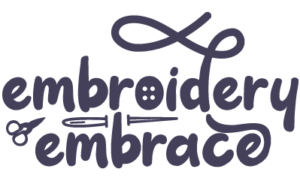
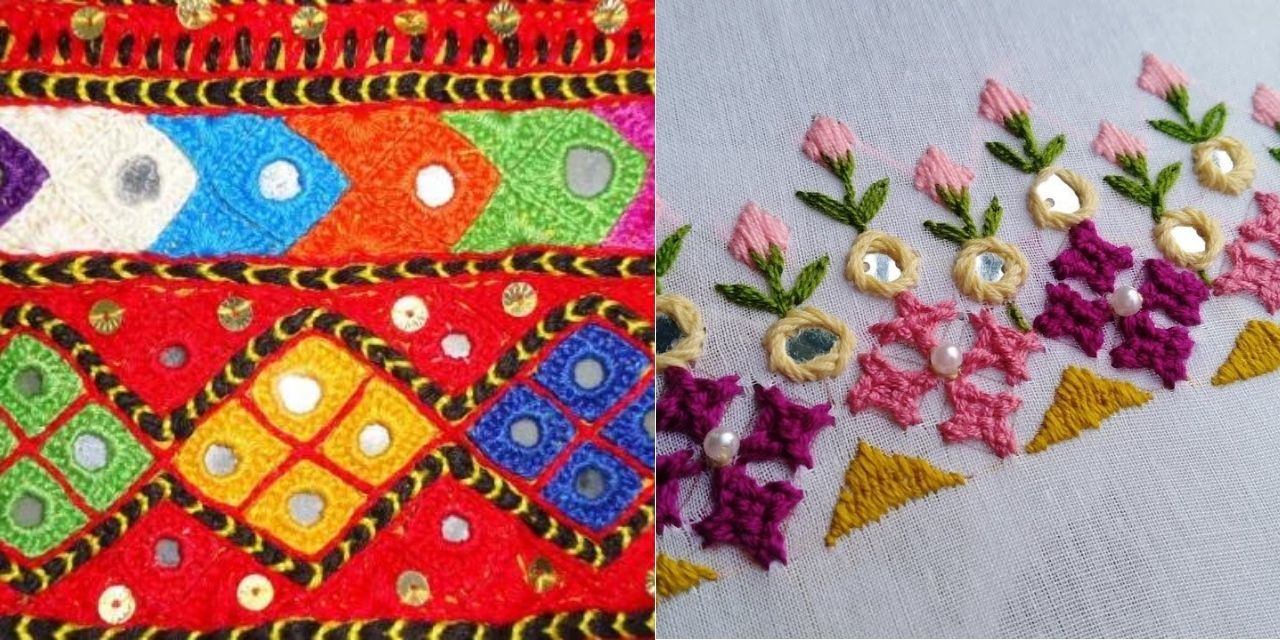
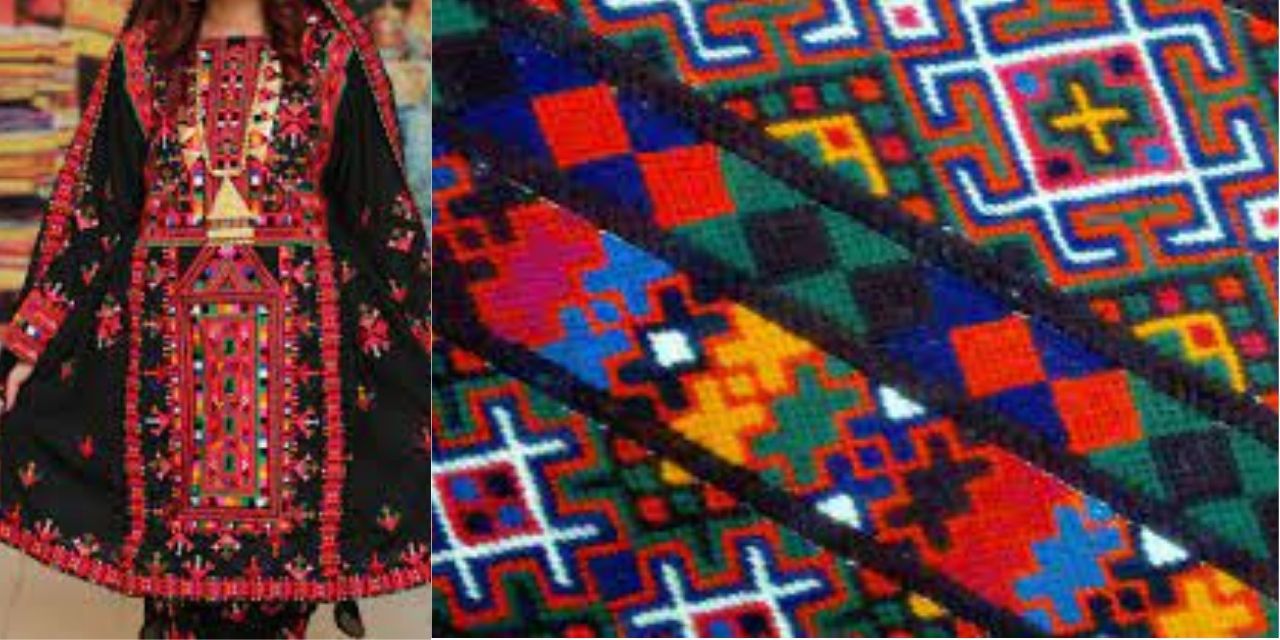
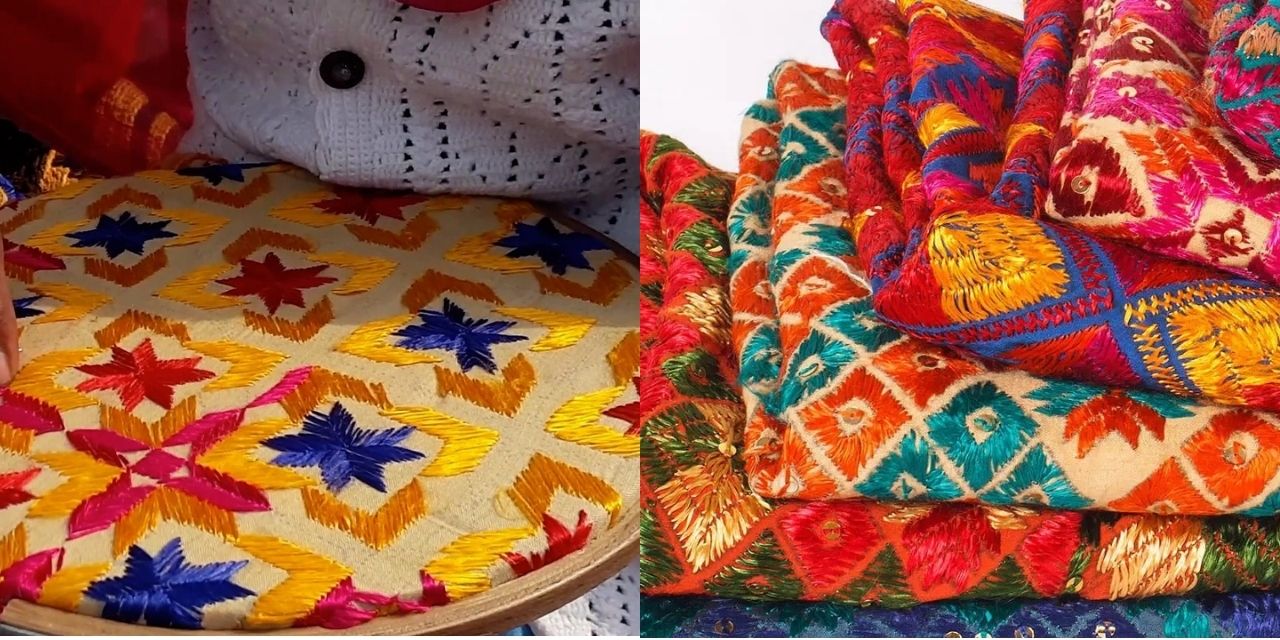
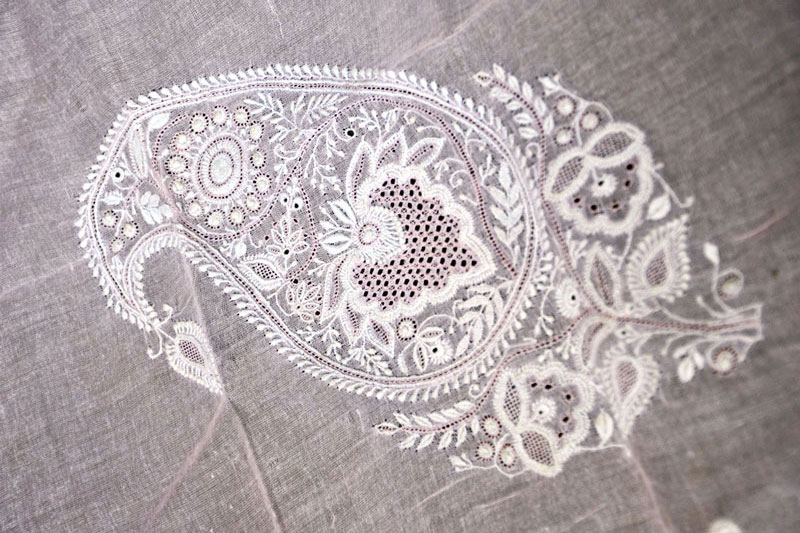
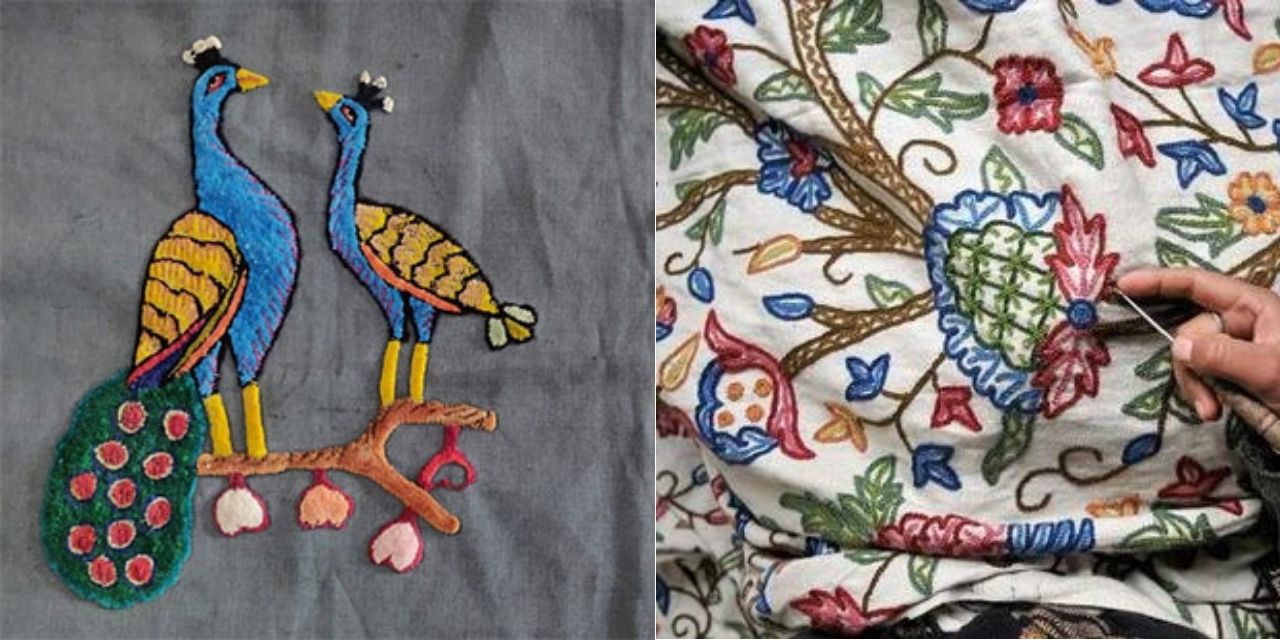
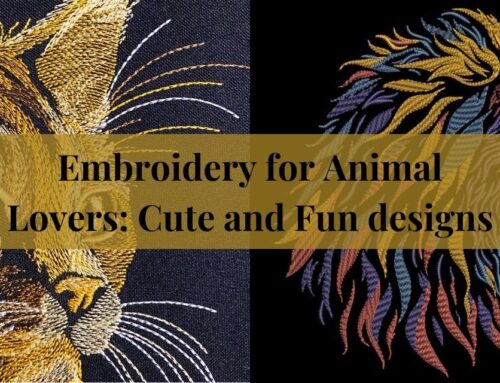
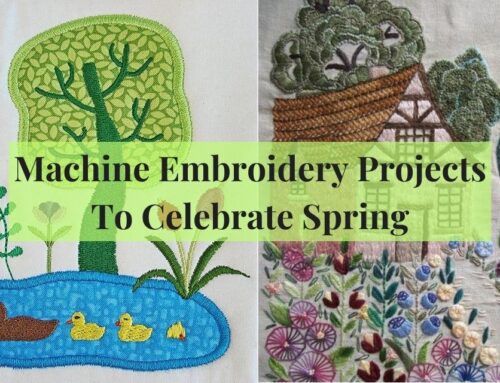
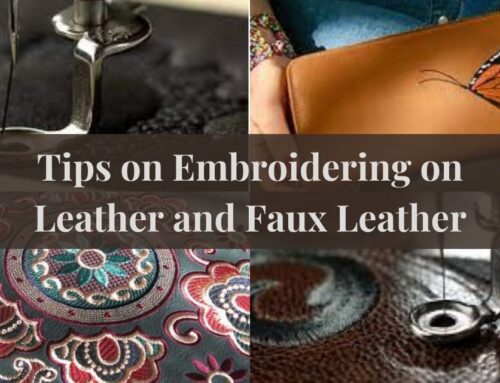
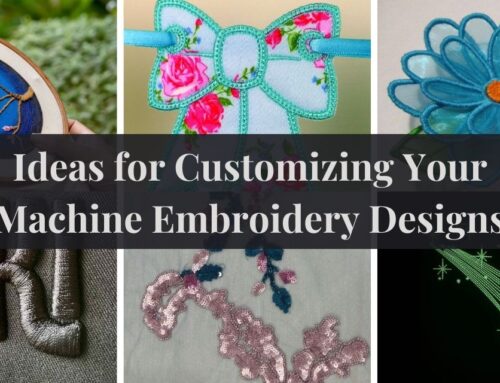
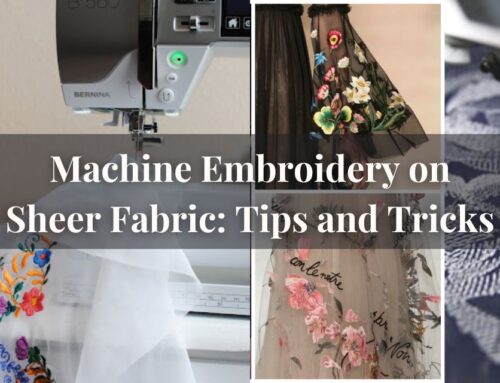
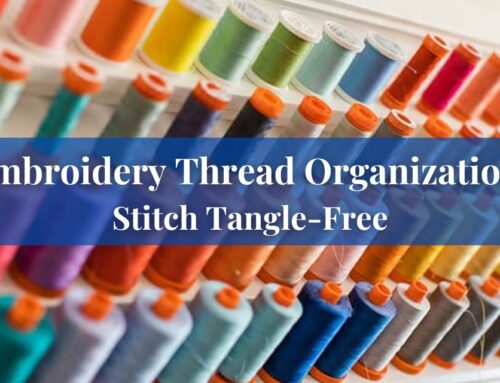
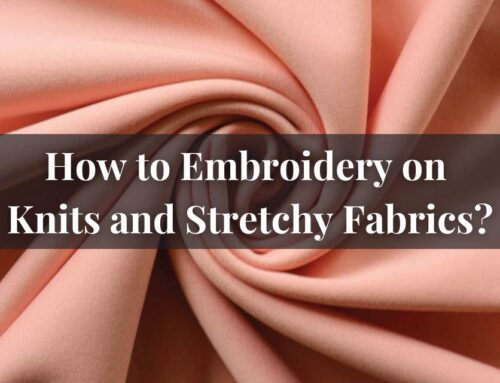
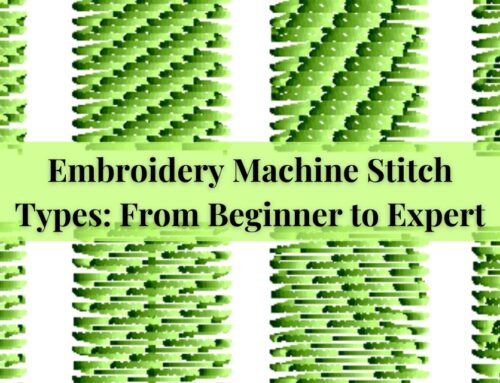
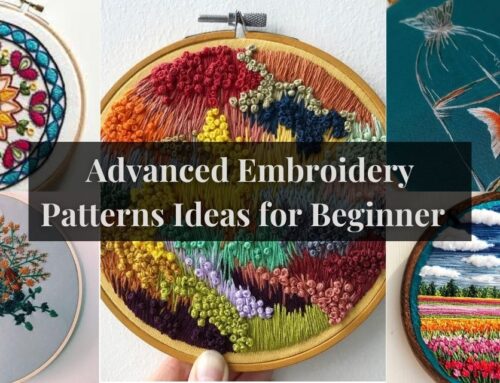
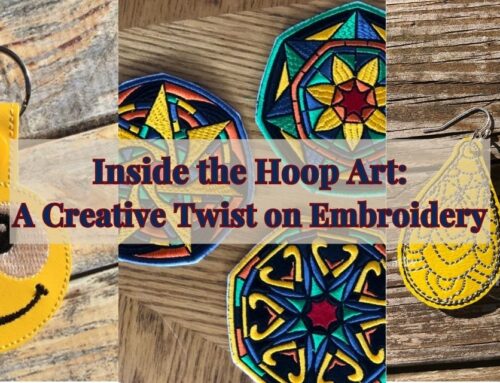
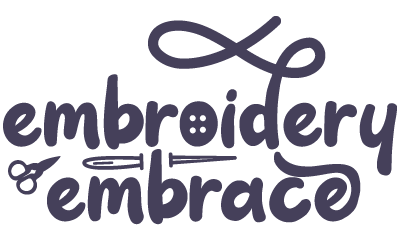
Leave A Comment